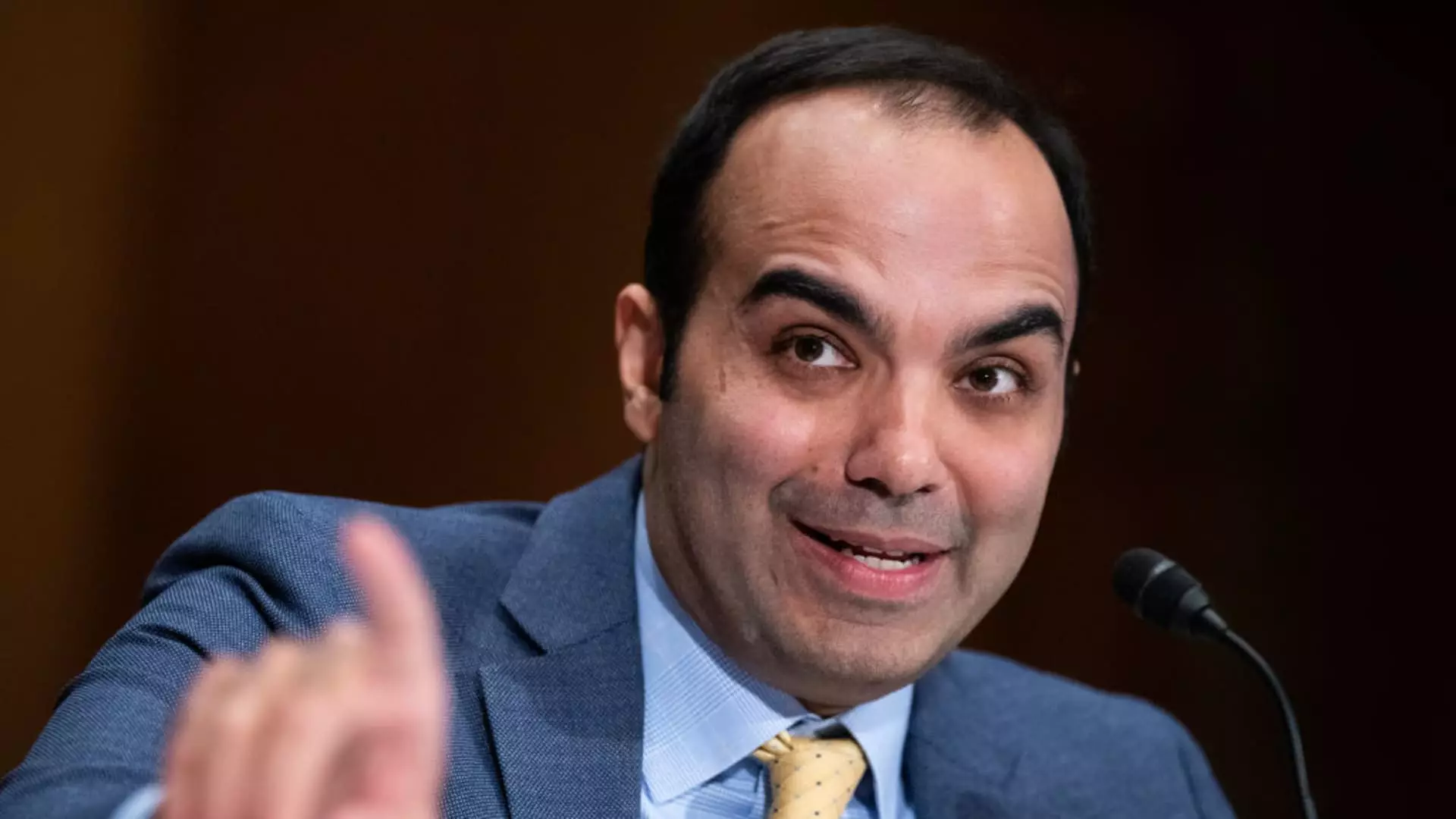In a significant shift within the financial landscape, the Consumer Financial Protection Bureau (CFPB) has finalized a rule that expands its supervisory authority over nonbank firms engaged in financial services, particularly those offering digital payment platforms. This move is part of an ongoing effort to adapt regulatory frameworks to the rapidly evolving nature of financial technology. By imposing regulations on giants like Apple and Google, the CFPB aims to ensure compliance with the same standards that govern traditional banking institutions, while also addressing emerging consumer protection concerns.
The newly released rule specifically targets nonbank entities that process a staggering 50 million or more transactions per year. Such a rigorous threshold identifies seven major firms currently operating in the financial services space, including notable players like PayPal, Block, Venmo, and Zelle. This regulation marks a pivotal point in the integration of technology and finance, as these applications become not only common but essential tools for a growing segment of the population. The intensification of scrutiny on these firms highlights the CFPB’s recognition of their increasing role in consumers’ financial lives.
The impetus for these regulatory changes stems from the profound transformation in how Americans manage their finances. Digital payments, once a mere convenience, have now become integral to daily transactions—particularly for low- and middle-income users who have increasingly adopted these technologies as their primary means of conducting financial business. According to the CFPB, these payment applications facilitate over a trillion dollars in exchanges among consumers, further underscoring their importance and the necessity for regulatory oversight to protect users from potential risks and abuses.
Previously, the CFPB had limited authority over digital payment companies, primarily overseeing electronic fund transfers. The newly established regulation permits the agency to conduct proactive examinations of these firms, akin to the inspections conducted on traditional financial institutions. This escalation in authority allows the CFPB to investigate operational practices, demand documentation, and interview employees to ascertain compliance with banking laws. This notable shift indicates a growing recognition that tech companies must adhere to the same standards that ensure consumer protection in traditional banking.
The CFPB’s director, Rohit Chopra, emphasized the necessity of this regulatory framework, asserting, “Digital payments have gone from novelty to necessity.” By enforcing these rules, the bureau aims to safeguard consumer privacy, mitigate fraud risks, and prevent unauthorized account closures. Interestingly, this regulatory initiative has garnered support from the banking industry, which has long contended that financial tech companies should be held to a higher standard of scrutiny. This unprecedented bipartisan backing suggests a collective acknowledgment of the importance of fair play in the financial services industry.
While the CFPB initially proposed a lower threshold that would have subjected a greater number of firms to scrutiny, the final regulations raised the transaction limit to 50 million. This decision quite dramatically reduced the list of firms under CFPB oversight from approximately 17 to just seven, indicating a more focused approach. Additionally, the rule specifically excludes payment apps that operate solely within the context of individual retailers, like Starbucks, further narrowing the focus of its regulatory reach.
As this new rule comes into effect, anticipated as soon as 30 days post-publication in the Federal Register, it opens the door to further dialogue about the regulation of technology firms in finance. The possibility of forthcoming changes, particularly with political shifts in the U.S. government, adds a layer of uncertainty regarding the future of the CFPB’s authority. However, the overarching trend signifies a move toward a more regulated financial ecosystem in which the lines between technology and traditional banking become increasingly blurred.
In this transformative period for both consumers and institutions, the CFPB’s new rule stands as a testament to the changing nature of finance in America. As payment apps evolve into pivotal financial instruments, regulatory bodies are tasked with ensuring that consumer protections keep pace with innovation. This critical juncture invites scrutiny, dialogue, and reflection, challenging all stakeholders to adapt to a landscape where technology and finance intersect. The implications of these regulatory changes are profound, promising to reshape the future of digital finance for years to come.

Leave a Reply